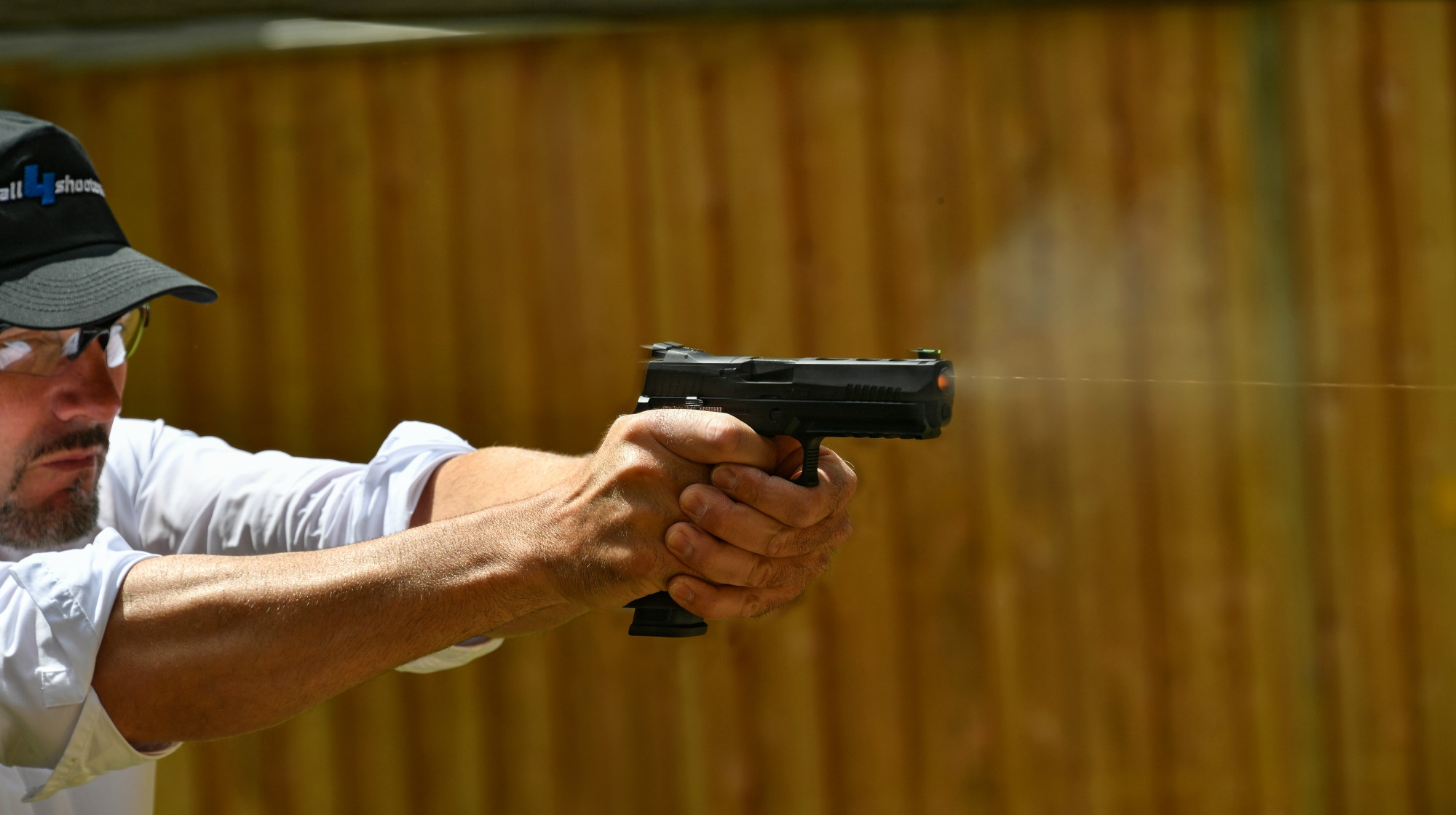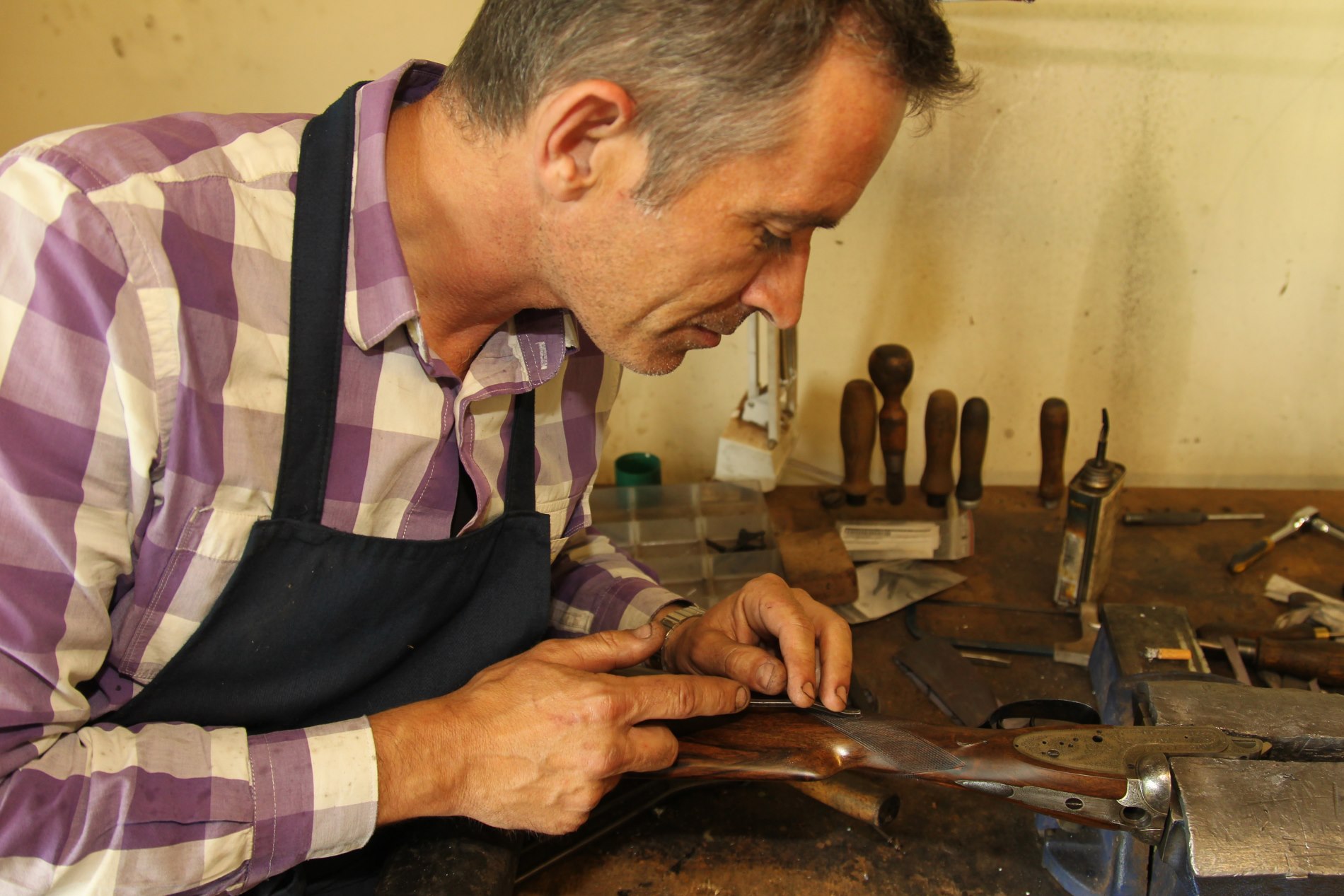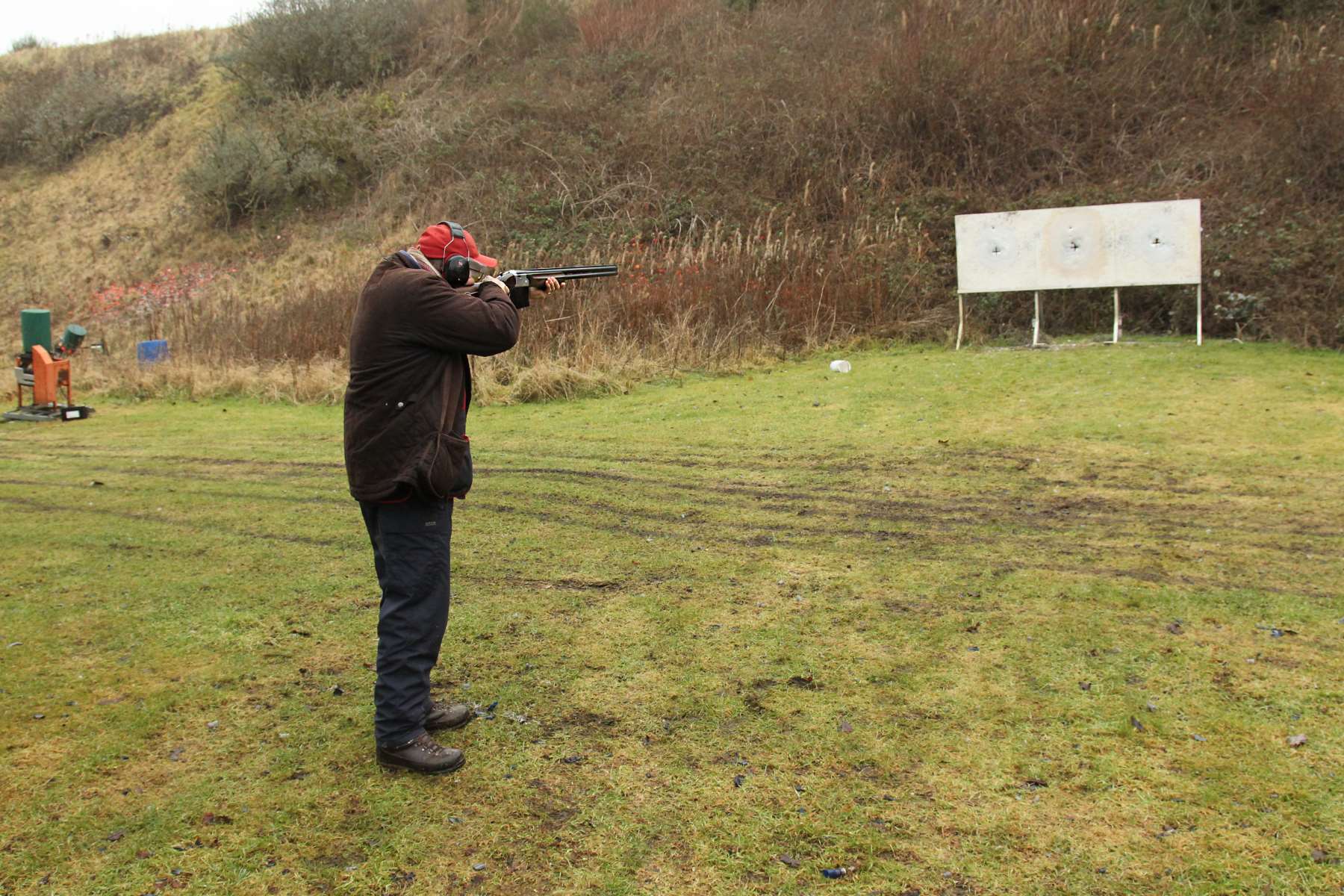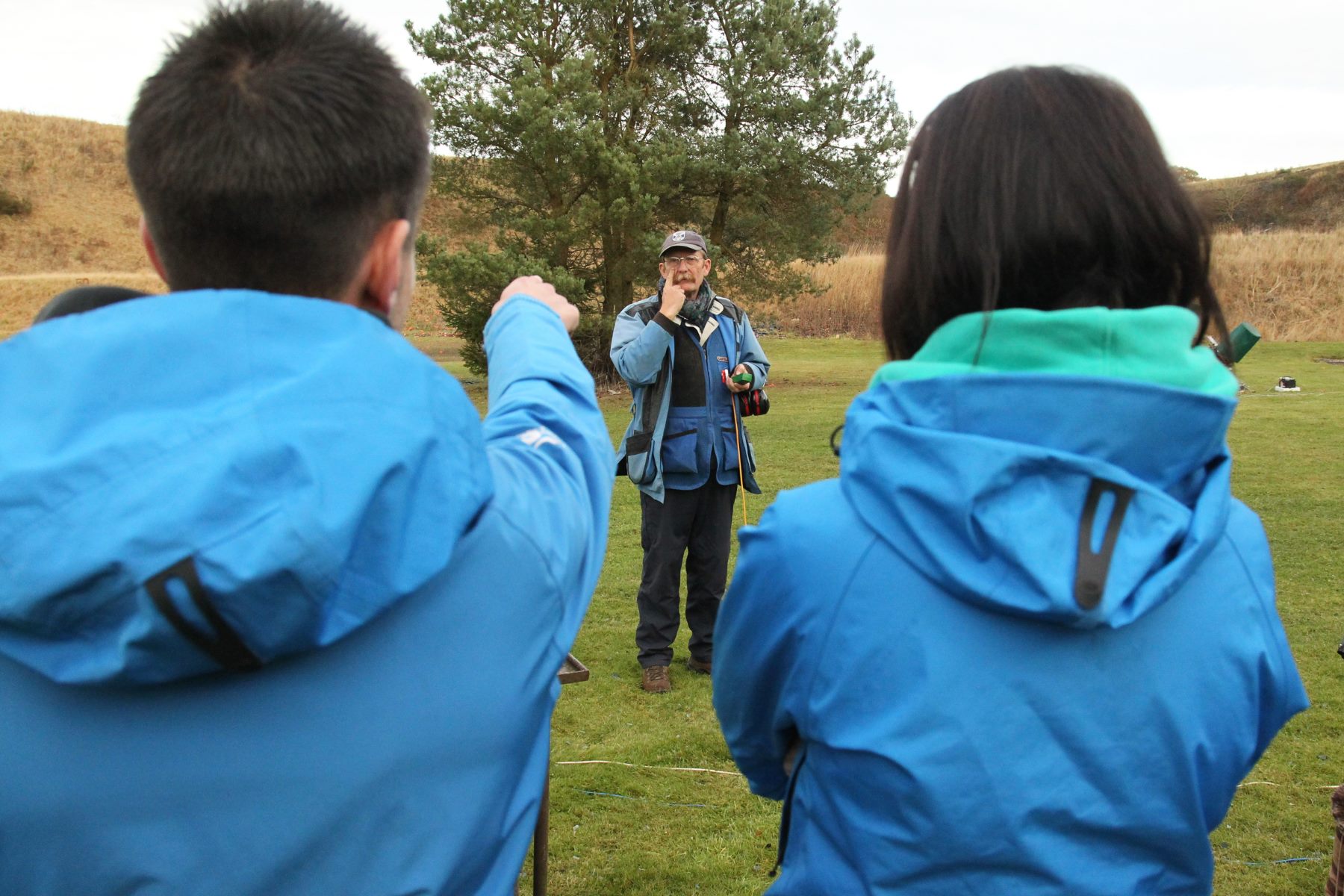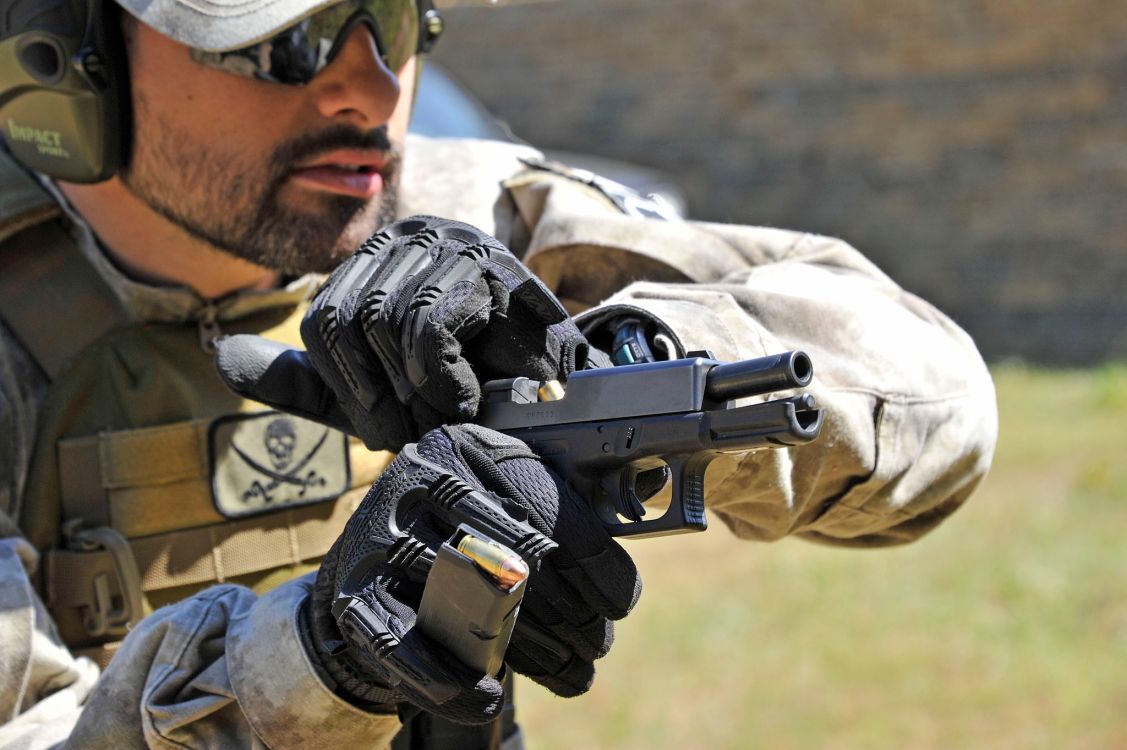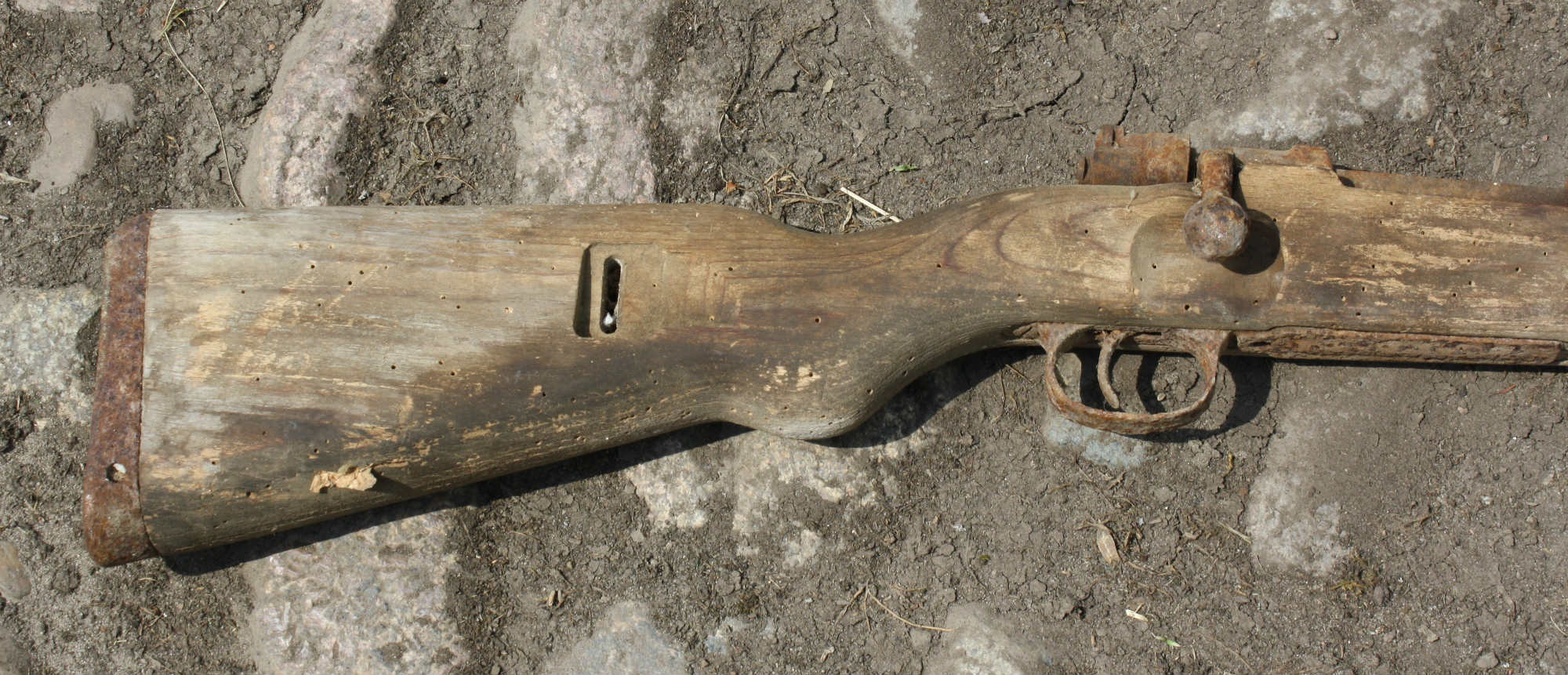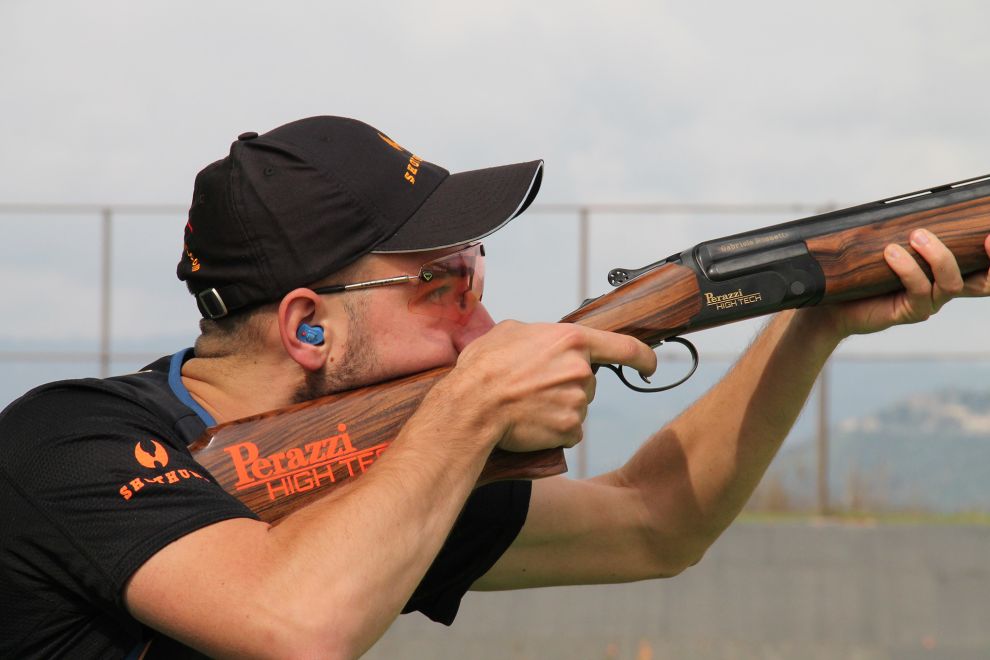We begin with the definition of the weapon’s function
1. The shooter operates a set of levers to achieve repeating.
2. The shoot and feed action starts each time the trigger is pulled.
3. The movement continues as often as the trigger is pulled and there is ammunition left in the magazine.
The weapons identified under point 2 are called "self-loaders" or semi-automatics. The weapons under point 3 are called full-automatics – but this Special doesn’t look at either of them.
So we’re left with point 1, the weapons that are repeated by hand, i.e. reloaded. But even then we don’t have a truly adequate definition of what this article on "repeaters" is about. So we break down the subject even further. In terms of the magazines, for instance: they may be tubes, whether below the barrel or in the grip. Or as a box magazine, in the stock or grip, built-in or removable. And the generic term does not explain how repeating is initiated:
1. With the lever. This version we know from westerns: The trigger guard – mostly fitted with an extension for the fingers – is pulled down and then slid back up. In English they are known as "lever action repeaters".
2. With the fore-end: It can be moved forward and backward and in so doing activates the lever needed for repeating. Experts know the fore-end repeater system as "pump action" or "slide action repeater".
3. With the grip on the bolt lying directly behind the barrel: with it the bolt can be rotated axially, unlocked, pulled backward and then pushed forward. The bolt is cylindrical so that it can perform this rotation. That is why this system is called "Zylinderverschluss" or "cylinder-bolt" in German and "bolt action" in English. In the 19th century this kind of locking was also called chamber. That is why the grip is called a "Kammergriff" or bolt handle, or "Kammerstengel." The article here focuses on repeaters with this type of action. More precisely: we discuss large caliber bolt-action repeaters with box magazines.
How can we explain the longevity of repeaters?
Semi-automatic rifles which make manual chambering superfluous have been common all over the world for decades. But what sounds so progressive need not be so. The self-loading function is activated when shooting, so it is directly connected to the ammunition. But if the performance characteristics of the ammunition does not match the weapon, the self-loader will either not function, or it will be damaged in the long run. In contrast, repeaters can usually handle all cartridges, as long as the caliber is right. Whatever the performance, the reloading function doesn’t enter the equation. And in this way the repeater provides a far more direct control over internal operations.
In addition, even the most powerful cartridges can be fired far better in weapons with this type of action. The reason is that they are perfectly equipped to withstand the immense pressures generated. The anti-tank guns from World War I demonstrate this as well as current sharp-shooter rifles configured as bolt-action versions.
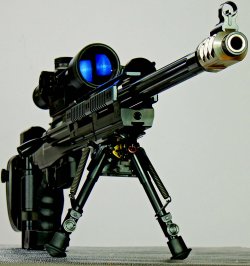
But do we have to see it so pragmatically? Can't we just say that repeating with a bolt-action is fun? The up and down of the bolt, the feeling when moving the bolt, the sound when the bolt closes, this is what makes these semi-automatic rifles so appealing. It’s a bit like driving a car – even if an automatic transmission is easier to handle, many people quite simply like stick shifting. What these aspects have in common is the sense of fun that comes with operating a mechanical system. And the enthusiasm doesn’t just stick to the rifle range shooters and field and forest hunters: the people who develop and manufacture these rifles feel it too. How else to explain the constant stream of new manufacturers and companies swelling the ever-growing ranks of new repeaters with sheer indefatigable enthusiasm? What else could prompt all the new details and elements? And that they continue to tally up sales on a market which for years was thought to be saturated? In the end, therefore, the question that remains for many of us is:
Used or new? Collectors will find what is probably the largest array of weapons in the category of bolt-action repeaters. The formerly military sector is well covered, the civilian area hardly at all – people from the American "German Gun Collectors Association" are the main group that purchase the guns and collect data on German hunting rifles. The plentiful stock also gives young hunters and sport-shooters the chance to obtain inexpensive and well-maintained guns. There is one big "but": some of the old semi-automatics are not compatible with the newer, more powerful loads, or they are designed for bullet types that are either rare today or no longer available. Frequently the mountings and look seem a bit antiquated – and anyone seeking to retrofit may find themselves paying more than for a new factory-built, completely outfitted model. For sure the old trusty old friends now and then come with little extras that are not to be had new at a comparable price: good walnut wood with hand cut checkering, buffalo-horn end-caps, engravings, and wonderfully fanciful details like enameled rear sights.
But aesthetic taste has also changed, too. Many buyers prize the stripped–down look, the preserve of the sharp-shooter and precision riles in Central Europe in the nineties. Especially seeing as modern plastics allow for any color and any camouflage pattern a buyer may want, not to mention the low costs of rapid injection molding and the extrusion manufacturing processes.
Speaking of costs – and of changes in buyer behavior: in the nineteen-fifties many hunters still bought their repeaters with the idea that "one is enough for a lifetime". Today it is more common to say: "Get the latest gadget. It’s time to switch and try it out". So requirements change. Back in the day a rifle had to look gorgeous. Now the top priority is that they function safely. Simplicity of style is the dominant feature of current, factory–produced rifles. And so the circle turns to their original purpose, as repeaters were conceived first and foremost as military weapons.
The Early Days of Repeater Rifles
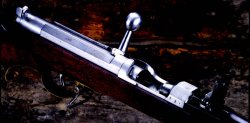
Its technical roots reach back to the year 1812, the heyday of the flintlock rifle. But then the Swiss inventor Samuel Johannes Pauly (1766- 1821) laid the foundation for the breech-loader with center-fire ignition. "In the demonstration for the examination committee Pauly himself fired off 22 rounds in two minutes and thus proved the utility of the new weapon", wrote US-author Harold L. Peterson in "The Great Guns". But for the world it was too soon. And although the progressive concept raised the eyebrows of such prominent weapons experts as the former artillery officer Napoléon Bonaparte, other military contracts failed to materialize.
So it was left to subsequent generations to recognize the genius with which the Swiss inventor had set about his work. One of Pauly' students took the invention to develop a pioneering, functional breech-loader for a standard cartridge and with bolt action: Johann Nikolaus Dreyse first devised the firing needle cartridge and then in the mid-1830s a rotatable chamber located behind the barrel. It could be rotated, unlocked and locked with a stable and fixed grip, and it could be pulled forward and back in a straight line.
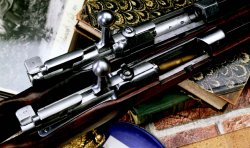
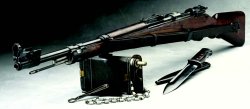
Bolts of this kind spread as metal standard cartridges became generally available in the 1860s. Already in 1867 the Swiss Johann Friedrich Vetterli (1822-82) developed a repeater with bolt action à la Dreyse and a tube magazine in Winchester style – the Swiss army was the first in the world to be equipped with this kind of modern semi-automatics. But the real surge in development for the type of repeater discussed in this article came from Germany, in the persons of the brothers Wilhelm and Peter Paul Mauser. It began in 1871 when the German army introduced its single-shot bolt action breech loader for center-fire ammunition. From 1884 onward, the Mauser factory in Oberndorf built repeater weapons on that basis, which the team around Peter Paul Mauser (1838-1914) then improved step by step toward the matured system of 1898: a self-cocking lock with three lug bolts and a three-point safety, fitted in a rifle with double-row magazine for cartridges stacked zigzag one above the other. The model 98 represented the most important and widespread variant of the bolt action. Even today, good sport and hunting rifles are equipped with this system – old, yes; obsolete, no.
The Development of the Repeater from World War II to Today:
Repeaters always went with the times. The stocks, for example: while walnut was considered "state of the art" for a long time, this changed with the advent of laminated wood as stock material during World War II. Plastic established itself in the era of the Vietnam War – for example, the STEYR SSG 69 introduced in 1969 set new standards in Europe.
Wood remained the material par excellence for hunting repeaters up to 20 years ago. But that category is increasingly following the plastic trend, and the US company RUGER is at the forefront of this development, replacing metal parts with polymer or glass-fiber composites in its American rifles wherever it can.
There have also been advances in designing the repeater stock: a current example is the thumb-hole stock introduced by SAUER for hunting rifles. It is intended to provide the hunter with a precisely repeatable, quicker and more instinctively locatable aiming position. Even more widespread are special stocks. First came the high-performance sport rifles with seemingly futuristic accessories above, on and in the stock which led many a traditionalist to think of the Starship Enterprise. But over the last two decades, the hand guard rails for shooting belts, combs adjustable in length, height and inclination, adjustable butt caps or retractable ground spades have become standard even in the military. And for a good ten years companies such as Ashbury Precision Ordnance have included in their program modularly constructed folding stocks in the style of the Saber "folding rifle stock system tactical" (FORSST).
Also increasingly common: the Picatinny Mounting Rails (MilStd 1913) developed for military assault rifles. They follow the specification defined in in the Military Standardization 1913 of February 1995 for the US arsenal in Picatinny (New Jersey). As a result, these rails soon found themselves in every conceivable place: above, under, left, right on the fore-ends of rifles as well as beneath and on the dustcover of pistols. They have now even found their way on to the housing bridges of civilian repeaters. The significant advantage of these rails with their several interim stages is that optical and dot-sights can be removed and/or displaced without any problems, and that these actions can be repeated with absolute precision. Although people who shoot a lot complain that these rails automatically distort some optics, the benefits still outweigh any disadvantages. The way it looks now, the Picatinny rail will be the mounting element of choice for years to come, also for civilian hunting and sport rifles.
Even the weapons are undergoing technical change. The standard for bolts on many of the more recent repeaters, for example, is that they lock in the barrel and no longer in the bolt sleeve. The reason: lightweight metal is used increasingly to cut back on weight, so locking in the barrel assures greater stability. The 98 bolt actions were mostly welded. As production is simplified, versions that are snapped or clamped in are becoming common. Another weight-saving measure is to produce the bolt grip in precision casting, rather than using forged steel. And since one caliber from one gun is boring in the long run, companies like the Spanish BERGARA are increasingly issuing models that can be stripped easily by TakeDown and then fitted with different barrels.
So even if bolt-action repeaters with their magazines mainly positioned mid-stock is late eighteenth-century technology, how they work is bang on the mark of the modern day and age. The following tests show what these guns can do, and what they can't.



